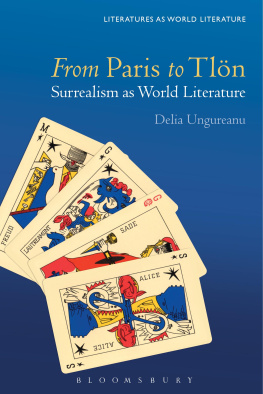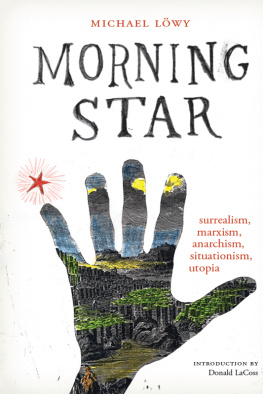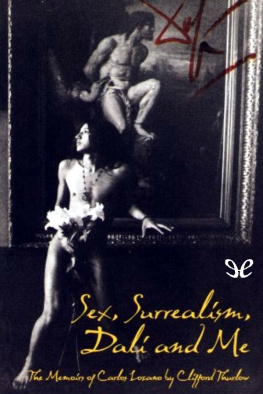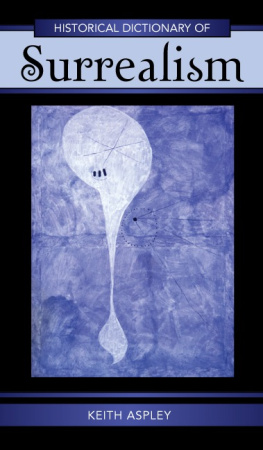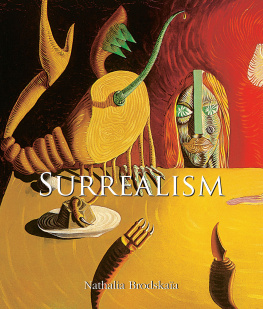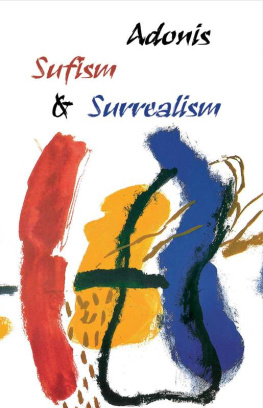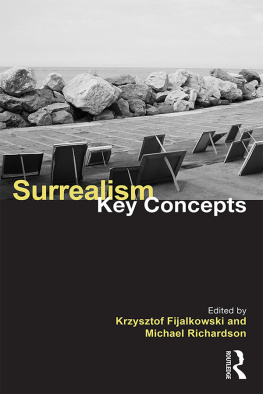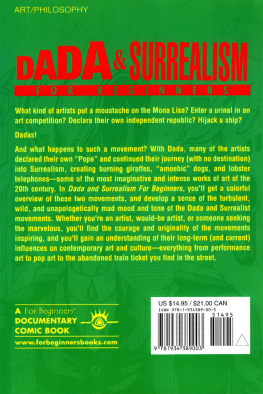
Literatures as World Literature
Literatures as World Literature takes a novel approach to world literature by analyzing specific constellationsaccording to language, nation, form, or themeof literary texts and authors in their world-literary dimensions. World literature has been mapped and theorized in the abstract, but the majority of critical work, the filling in of what has been traced, lies ahead of us.
Literatures as World Literature begins the task of filling in the devilish details by allowing scholars to move outward from their own area of specialization. The hope is to foster scholarly writing that approaches more closely the polyphonic, multiperspectival nature of the world literature we wish to explore.
Series Editor:
Thomas O. Beebee
Editorial Board:
Eduardo Coutinho, Federal University of Rio de Janeiro, Brazil
Hsinya Huang, National Sun-yat Sen University, Taiwan
Meg Samuelson, University of Cape Town, South Africa
Ken Seigneurie, Simon Fraser University, Canada
Mads Rosendahl Thomsen, Aarhus University, Denmark
Literatures as World Literature
German Literature as World Literature
Edited by Thomas O. Beebee
Roberto Bolao as World Literature
Edited by Nicholas Birns and Juan E. De Castro
Danish Literature as World Literature
Edited by Dan Ringgaard and Mads Rosendahl Thomsen
Crime Fiction as World Literature
Edited by Louise Nilsson, David Damrosch, and Theo Dhaen
From Paris to Tln: Surrealism as World Literature
Delia Ungureanu
Romanian Literature as World Literature (forthcoming)
Edited by Mircea Martin, Christian Moraru, and Andrei Terian
American Literature as World Literature (forthcoming)
Edited by Jeffrey R. Di Leo
Brazilian Literature as World Literature (forthcoming)
Edited by Eduardo F. Coutinho

Pour Andr Breton et lor du temps
Contents
Black and white images
Color plates
Born in interwar Paris, within only a couple of decades surrealism traveled throughout the world, defining its conceptual contours at the intersection between the avant-garde and a wider and more comprehensive modernity. How did surrealism circulate so quickly and so far from its point of origin, figuring prominently in locations as various as the Argentine journal Sur and department store displays in New York? So many of the avant-garde movements of its day, from Dada to Vorticism to futurism, faded before long as influential literary forces, but surrealist ideas continue to inspire writers and artists from Orhan Pamuk to Haruki Murakami to Jeff Koons. In a remarkable process of transfer, exchange, and transformation, surrealism rapidly evolved from a purely poetic movement to encompass visual art, and through the medium of the surrealist object it has proved to have a major influence from contemporary world fiction to the advertising industry and to our daily lives, where it thrives to this day.
In the 1920s, Dada was attracting at least as much attention as surrealism in the 1930s, and it wasnt clear that either movement would have a lasting impact. Dada was explicitly a movement of creative ideological destruction rather than a foundation for future masterpieces of literature or art, but to many observers, surrealism didnt appear destined to become more than a passing fad, popular in a limited circle of avant-garde poets and their artistic friends. In an early and influential account in 1933, De Baudelaire au surralisme, the Swiss critic Marcel Raymond presented surrealism as the logical conclusion of modernist poetics, but more as a dead end than a productive movement. Raymond saw surrealism as an oblique form of escapism dwelling in the dungeons of the mind: We are no longer living in the period when Goethe praised the French romantics to Eckermann for not moving away from nature like the German romantics. The symbolists, and especially the surrealists, broke the balance between the inner and the outer worlds in favor of the inner world, and the danger pointed out by Goethe exists today in France (322). To Raymond, surrealism was another failed promise to conquer the unknown: After having threatened to submerge the whole of the newer literature, surrealism leaves the impression of a force that did not succeed in finding its path, of a great disappointed hope (313). Yet even as he describes surrealist poetry as little read and hard to read (It is true that this poetry has few readers, and that it sometimes discourages readers), Raymond still holds out the possibility of its future impact: nevertheless, it registers the slightest changes in the atmosphere, it makes the gesture that others will imitate and develop (in writings that will be read and rewarded), and it is first to utter the long awaited word (324).
Raymond was right. Still not widely read today, surrealist poetry survived as a mode of thinking, as an attitude towards life, and as a way to represent the world in works that belong to writers who became canonical in their turn. Through the mechanisms of consecration, surrealism would be reconfirmed as a legitimate stake of the game, not only thanks to its poetry, as Raymond believed, but also to its literature, painting, and the borderline practice of the surrealist object that linked these different modes of expression.
* * *
Once surrealism was the master of Paris. On March 17, 1951, Le Figaro littraire asked Andr Breton and the surrealist poet Benjamin Pret what statues they would place in the major Parisian squares and crossroads, si le surralisme tait matre de Paris. Their list included larger-than-life literary characters such as Lewis Carrolls Alice and Alfred Jarrys King Ubu; the alchemist and astrologer Paracelsus; Hieronymus Bosch, painter of visionary and fantastic characters; the polymath Leonardo da Vinci; the master of irony and absurd humor Jonathan Swift; the Spanish painter of nightmares, Francisco Goya; the father of modernist poetry, Charles Baudelaire; Grard de Nerval, the poet who walked a lobster pet at the end of a blue ribbon in the Gardens of the Palais Royal; the father of psychoanalysis, Sigmund Freud; and one of the early creators of cinema, Georges Mlis, initially an illusionist who thought filmmaking was the art of dreams. (Even today, Mlis still thrives as a proto-surrealist filmmaker in Martin Scorseses 2011 tribute film Hugo.) And last but not least: Johann Wolfgang von Goethe, who first developed the concept of Weltliteratur.
Once surrealism became the master of the world. This is an invitation to understand the complex circulation of surrealist ideas between Paris and newly rising cultural centers, from New York to Buenos Aires and points beyond. My story explores Andr Bretons and Salvador Dals rival versions of surrealism that are echoed and transformed to different outcomes by writers who are surprising figures in a discussion about surrealismJorge Luis Borges and Vladimir Nabokov, but also contemporary world writers like the Turkish Nobel Prize winner Orhan Pamuk and the major Romanian novelist and poet Mircea Crtrescu.
In mapping surrealisms network of circulation from its founding figures to agents not openly associated with the group, I build on the concept of network theory from social anthropology (Elizabeth Bott, Jeremy Boissevain, and J. Clyde Mitchell) to unfold an histoire croise (Werner and Zimmerman) of production, circulation, and reception. By rethinking surrealist ideas within a crisscrossed intellectual history, I hope to go beyond existing studies of the more obvious networks of circulation and cultural institutions that the surrealists used, such as the international exhibitions and the related artistic circles in Paris and New York that have been well explored by art historians like Dickran Tashjian (
Next page
